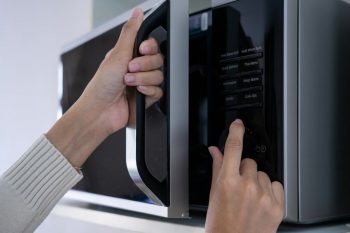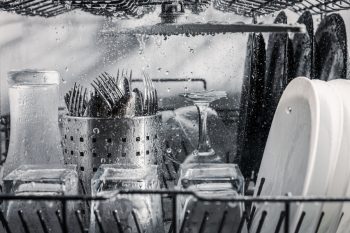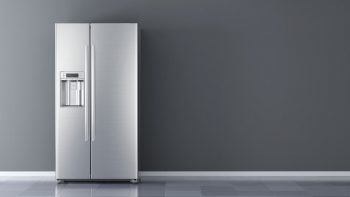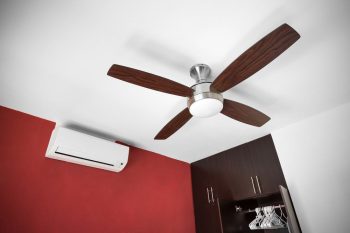
In the world of air conditioning, Freon is a term that often comes up. What exactly is Freon, and what role does it play in your air conditioning system? This comprehensive guide will provide you with in-depth knowledge about Freon, its uses, hazards, and alternatives.
Freon is a type of refrigerant used in air conditioning systems. It is a stable, non-flammable, low toxicity gas or liquid that absorbs heat from the indoor environment and releases it outside, thus cooling the space. However, it has been phased out in many areas due to its harmful effects on the ozone layer, and replaced with more environmentally friendly alternatives.
What is Freon?
Freon is a registered trademark of the Chemours Company. It refers to a variety of halocarbon products, including chlorofluorocarbons (CFCs) and hydrofluorocarbons (HFCs). These stable, non-flammable, low toxicity gases or liquids are primarily used as refrigerants in air conditioning units and as aerosol propellants.
Role of Freon in an AC Unit
Freon serves as the refrigerant in an air conditioning unit. It absorbs heat from the indoor environment and releases it outside, cooling the space. This heat exchange process occurs as the refrigerant moves between a gas and liquid state in the evaporator and condenser coils of the AC unit. The refrigerant’s ability to change states rapidly and efficiently allows the air conditioning unit to maintain a comfortable temperature inside the building.
Different Types of Freon
There are several types of refrigerants used in air conditioning systems. Some of the most common ones include:
- R-22 (Freon): Used in units over 10 years old, it is no longer manufactured due to its hazardous effects on the ozone layer.
- R-32: Currently in use and championed by Daikin, a manufacturer of HVAC equipment.
- R-410A (Puron): The replacement for R-22 in air conditioning systems. It is less harmful to the environment as it lacks chlorine.
- R-454B (Puron Advance): Carrier announced that starting in 2023, all of their residential HVAC systems in North America will use this refrigerant, which has a fraction of the Global Warming Potential (GWP) of Freon.
- R-134a: The first hydrofluorocarbon (HFC) introduced in refrigeration and air conditioning.
- R-407C: A popular HFC refrigerant used in commercial air conditioning systems.
These refrigerants differ in their chemical composition, environmental impact, and efficiency.
Hazards of Freon
Freon poses potential hazards to both human health and the environment. Exposure can lead to breathing difficulties, skin rashes, cardiac arrhythmia, and other health issues. It also contributes to ozone layer depletion, leading to increased ultraviolet radiation that can harm human health and the environment.
AC Unit Maintenance
If you suspect your AC unit is low on Freon or has a leak, it’s important to consult a professional. Signs of low Freon levels can include longer cooling times, warmer air, frost or ice on the copper lines, higher energy bills, inability to reach the desired temperature, hissing or bubbling noises, and water pooling around the furnace.
Alternatives to Freon
Several alternatives to Freon are more environmentally friendly and do not deplete the ozone layer. These include R-410A, R-134A, R-407C, R-404A, F438A or MO99, Propane, Ammonia, Hydrocarbons (HCs), and Hydrofluoro-olefins (HFOs). The compatibility and efficiency of these alternatives may vary depending on the specific application and system.
In conclusion, while Freon has been a standard in air conditioning systems, its environmental impact has led to its phase-out in favor of safer, more efficient alternatives. As the landscape of refrigerants continues to evolve, it’s crucial to stay informed and make choices that benefit both our comfort and the environment.
Frequently Asked Questions
How does Freon affect the ozone layer?
Freon, specifically R-22, contains chlorine. When released into the atmosphere, this chlorine can break down ozone molecules in the ozone layer, leading to its depletion.
What are the signs of a Freon leak in my air conditioning unit?
Signs of a Freon leak can include longer cooling times, warmer air, frost or ice on the copper lines, higher energy bills, inability to reach the desired temperature, hissing or bubbling noises, and water pooling around the furnace.
Can I replace Freon in my AC unit myself?
It is not recommended to replace Freon yourself. Handling refrigerants requires special training and certification due to their hazardous nature. Always consult a professional for AC unit maintenance and repairs.
What is the difference between R-22 and R-410A?
R-22 is a type of Freon that is harmful to the ozone layer due to its chlorine content. R-410A, on the other hand, lacks chlorine and is less harmful to the environment. Additionally, R-410A is more efficient and performs better at higher temperatures than R-22.
Why are manufacturers phasing out the use of Freon?
Manufacturers are phasing out the use of Freon due to its harmful effects on the environment, specifically its contribution to the depletion of the ozone layer. Many countries have agreed to phase out the production and use of these substances under the Montreal Protocol.












